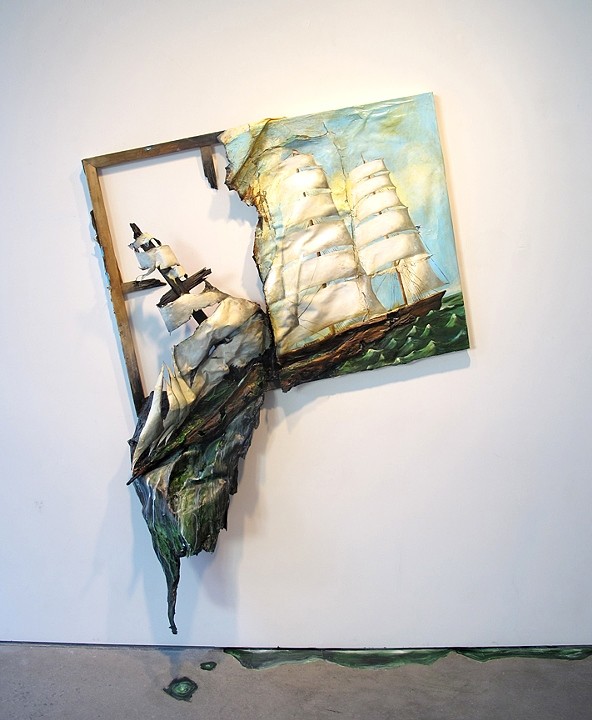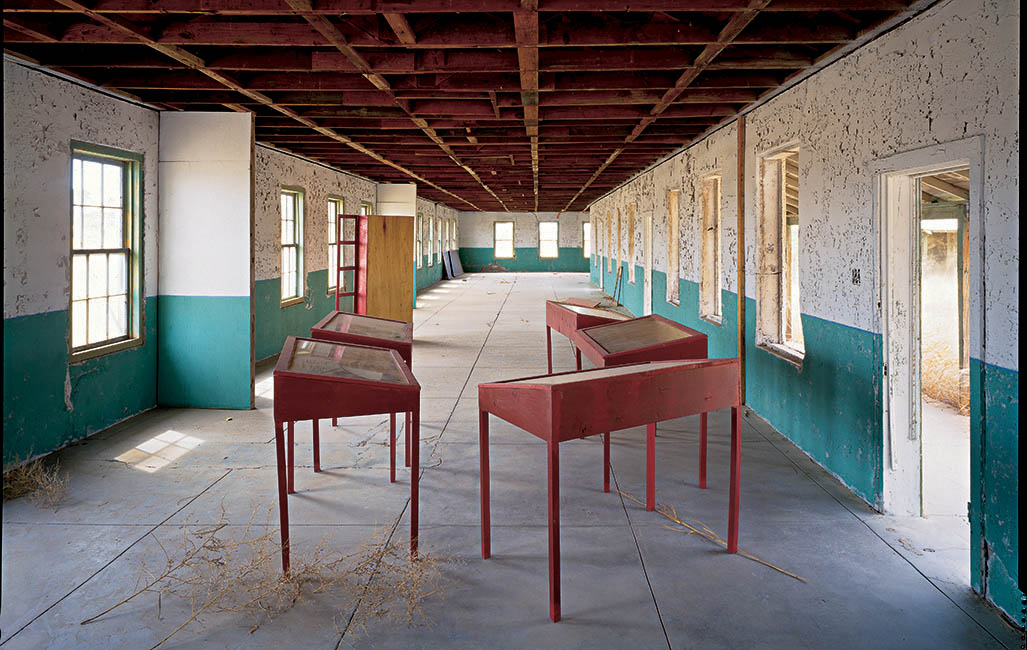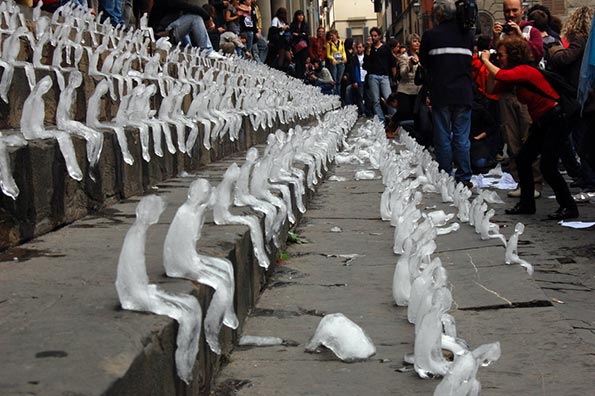|
Take the example of the outdoor public work entitled Always Becoming, a sculpture by artist Nora Naranjo-Morse of Santa Clara Pueblo for the National Museum of the American Indian (NMAI). You can read the article here, published by Naranjo-Morse and two NMAI staff, conservator Kelly McHugh and collections manager Gail Joyce. If you want to know more, watch the 30-minute video on the project below. In this case, the artist's intent for her work, a family of five clay structures named Mother, Father, Little One, Moon Woman, and Mountain Bird, would take on a life of their own, allowing the natural elements outside the NMAI on Washington's National Mall to affect and change their forms over time. This would include, of course, a gradual decay or movement back into the earth, a concept of the life cycle very central to Santa Clara Pueblo oral tradition. In many ways, this project had all the elements in place to make it hugely successful from the perspective of all parties involved. First, the NMAI knew Naranjo-Morse's intention for the piece before they accepted it into their outside exhibit space; therefore, they could be sure they had all the resources needed to ensure that her wishes would be met. From the museum's standpoint, this included regular documentation of the sculptures to record their change with time, as well as regular communication with the artist to discuss what change was acceptable and what change should be addressed. Second, the agreement was for Narajo-Morse to return every year to oversee any maintenance that should take place, or more commonly, what "assistance in the decay" needed to occur to keep the sculpture's integrity present, while allowing them to continue their natural life cycle. In this way, the conservators and collections managers could take the artist's lead in these kinds of decisions, making it an effective collaboration all the way through. So with Always Becoming there was a well-designed plan in place, and active stewards ready and able to see that plan through. But what about the times that is not possible? Not every institution can take on a project like this; nor should they. And sometimes an artist can just change his or her mind! Take the example that one of the students shared during our discussion: Ilya Kabakov's School No. 6 at the Chinati Foundation. The work occupies an entire building that is subdivided into rooms, recalling an abandoned schoolhouse from the former Soviet Union. When Kabakov installed this work in 1993, he intended for the peeling paint on the walls and the faded photographs and paper writing samples that fill the desks and other spaces to continue to degrade over time, thus adding to the sense of abandonment that is so central to the work. However, when the artist visited the space 20 years later, he was appalled to see the rate of degradation, due to the plethora of natural West Texas sunlight pouring in. Currently, the Chinati conservation staff are working to find ways to halt the degradation processes, which was not initially the plan for this work. This change in intention, while understandable, creates a need for resources that were never originally accounted for, and not every institution can manage the request.
And where does the conservator fall in all this? Do we as conservation professionals have a moral obligation to make interested parties aware of material limitations and degradation processes? For instance, if we know a certain material will within ten years time look dramatically different from the day an art collector is thinking of purchasing it, how does our input affect the value of that work - perceived or otherwise? And how might our input affect artists who work with the materials they have available to them, despite concerns of longevity?
Our group decided that we as conservators do have a responsibility to inform buyers or owners of how best to care for the works that will fall under their stewardship. This includes creating awareness of material limitations or special needs in regards to light levels, environmental parameters, or even limited lengths of display. If given a seat at the table, we can become important neutral parties to help an artwork on its life path beyond artist creation.
1 Comment
|
AuthorLauren, lover of objects. Archives
February 2017
Categories |




 RSS Feed
RSS Feed